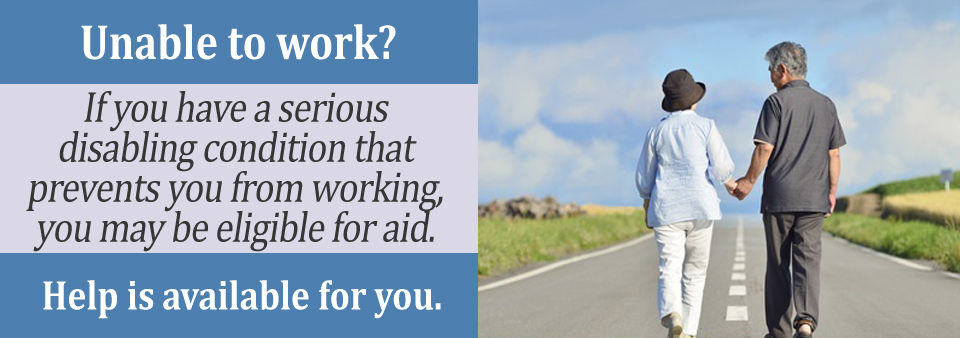The Social Security Administration determines eligibility for disability benefits by confirming whether or not you meet a listing in the Blue Book. If you don’t, you may still be able to qualify for benefits through a medical vocational allowance, which can help you cover the costs of your everyday living expenses.
Get an RFC Done
To determine the extent of your capabilities, a claims examiner and a medical consultant at Disability Determination Services (DDS) can carry out a Residual Functional Capacity (RFC) of your disability claim.
The consultant will review your medical record to see what restrictions limit the work you can do and use that information to come up with your RFC. The RFC identifies whether you can do sedentary, light, or medium work and acknowledges any non-extertional restrictions, such as ability to use your fingers or remember verbal instructions.
Once the RFC is completed, the disability examiner at the DDS will review it to see if you can still do jobs that you did in the past. To be considered able to work, you must be able to work full-time, be productive, and not need to rest frequently. If the examiner concludes that you can’t do your prior work, they will use the SSA grid rules (more on that below) to see whether you can be trained for other employment.
Submit More Medical Evidence
You stand a much better chance of being approved for a medical vocational allowance if the SSA medical consultant has a thorough set of records to review. If there are tests that you have not undergone yet, speak to your doctor.
Get a Letter From a Doctor
Your doctor knows you better than any third-party medical professional who has not had the opportunity to examine you in person. A disability doctor letter about your functional capabilities can give the SSA a better idea of your physical and/or psychological limitations.
If Over 55, Use Grid Rules
When a disability applicant does not meet a Blue Book listing, the SSA uses a set of grid rules that identifies when someone is disabled based on their age, RFC level, education, work history, and skills or training.
If you are over 55, the SSA has different rules. According to the RFC grid for sedentary work, for example, you would be found disabled (and eligible for a medical vocational allowance) if you had a Grade 11 education and non-transferable skills. However, if your skills were transferable, you would likely not be deemed disabled.
Include Information About Past Jobs
Write a letter explaining how your condition has impacted your ability to do past jobs. If you have nerve damage in your hands, for example, and have been doing typing or data entry for the past 15 years, it would be impossible to maintain gainful employment doing the same tasks.

Get Help From a Lawyer
Being denied disability benefits is alarming, especially if you have no other way to support yourself and your family. A Social Security Disability lawyer can help you file an appeal that ends with you being granted benefits based on a medical vocational allowance.
Get a Free Case Evaluation
A medical vocational allowance can be a valid solution to eligibility issues, but you need to prepare an appeal that gives the SSA all the information they need to assess your disability. Complete the free case evaluation form to connect with an SSD lawyer who can give you the best chance at an approval.